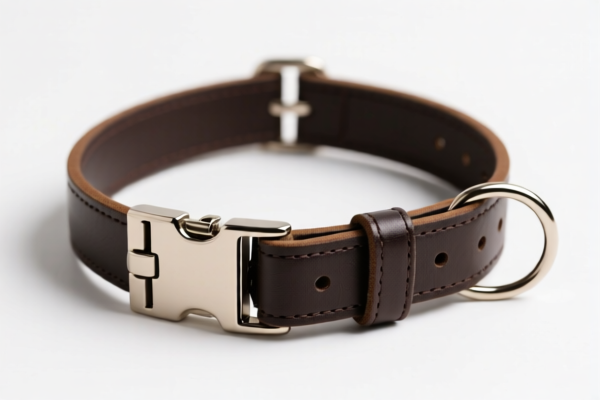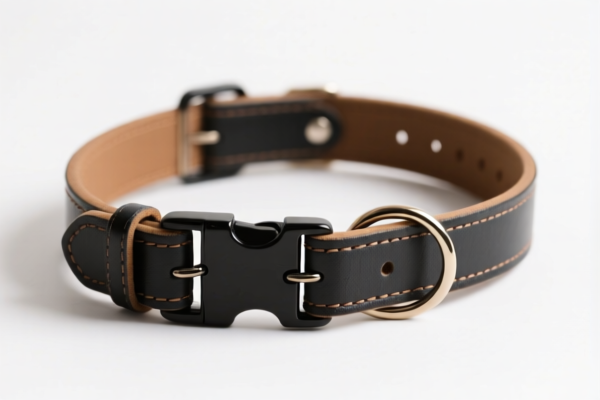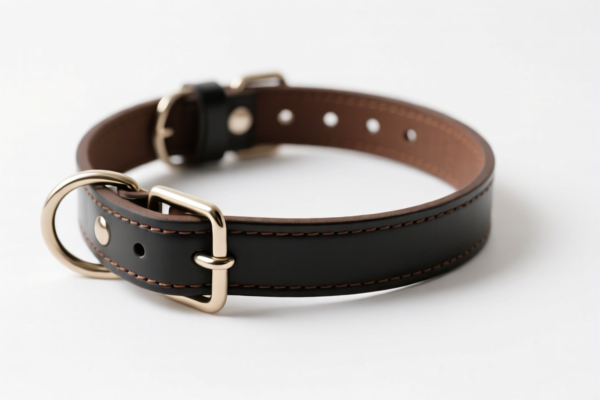| HS Code | Official Doc | Tariff Rate | Origin | Destination | Effective Date |
|---|---|---|---|---|---|
| 6307907500 | Doc | 34.3% | CN | US | 2025-05-12 |
| 6304996040 | Doc | 33.2% | CN | US | 2025-05-12 |
| 6304996020 | Doc | 33.2% | CN | US | 2025-05-12 |
| 9404909670 | Doc | 37.3% | CN | US | 2025-05-12 |
| 8308100000 | Doc | 1.1¢/kg + 2.9%+55.0% | CN | US | 2025-05-12 |
| 8308909000 | Doc | 57.7% | CN | US | 2025-05-12 |
| 7317006560 | Doc | 80.0% | CN | US | 2025-05-12 |
| 8305906000 | Doc | 43.2% | CN | US | 2025-05-12 |
| 7415390000 | Doc | 58.0% | CN | US | 2025-05-12 |
| 7415290000 | Doc | 58.0% | CN | US | 2025-05-12 |
| 6111909000 | Doc | 43.1% | CN | US | 2025-05-12 |
| 6111905070 | Doc | 52.4% | CN | US | 2025-05-12 |
| 4201003000 | Doc | 57.4% | CN | US | 2025-05-12 |
| 4201006000 | Doc | 57.8% | CN | US | 2025-05-12 |
| 4203300000 | Doc | 57.7% | CN | US | 2025-05-12 |
| 4203406000 | Doc | 55.0% | CN | US | 2025-05-12 |




Puppy Collar
A puppy collar is a specialized neck accessory designed for young dogs, typically those under six months of age, though usage can extend based on size and growth. It differs from adult dog collars in several key aspects, focusing on safety, comfort, and training needs during a critical development period.
Material
Puppy collars are commonly made from:
- Nylon: Durable, lightweight, and available in a wide variety of colors and patterns. Often adjustable.
- Polyester: Similar to nylon, offering good strength and water resistance.
- Cotton: Softer material, suitable for very young or sensitive puppies, but less durable than nylon or polyester. Often used for fashion or temporary identification.
- Leather: Less common for very young puppies due to potential discomfort and cost, but may be used for older puppies transitioning to adult collars.
- Breakaway Buckles: Increasingly common, particularly for very young puppies or those prone to getting caught on objects. These buckles release under pressure, minimizing choking hazards.
Purpose
The primary purposes of a puppy collar include:
- Identification: Holds identification tags with the puppy’s name, owner contact information, and potentially vaccination status.
- Leash Attachment (Early Training): Allows for gentle introduction to leash walking and basic obedience training.
- Habituation: Getting the puppy accustomed to wearing a collar prepares them for adult collars and harnesses.
- Control: Provides a small degree of control for managing the puppy's movements in safe environments.
Function
Puppy collars function by:
- Secure Fit: A properly fitted collar should allow two fingers to comfortably fit between the collar and the puppy’s neck.
- Attachment Point: Provides a D-ring or similar attachment point for a leash.
- Adjustability: Most puppy collars are adjustable to accommodate the puppy’s rapid growth.
- Buckle/Closure System: Secures the collar around the puppy’s neck. Common types include plastic side-release buckles, snap buckles, and martingale-style closures.
Usage Scenarios
- Initial Adoption/Bringing Puppy Home: Immediately upon bringing a puppy home, a collar with identification should be fitted.
- Veterinary Visits: Essential for identification and potential leash control during examinations.
- Training Sessions: Used for gentle leash introduction and basic obedience exercises.
- Supervised Outdoor Exploration: Allows for controlled exploration in safe environments.
- Socialization: Helps the puppy become accustomed to wearing an accessory during socialization experiences.
Common Types
- Flat Buckle Collars: The most common type, featuring a flat nylon or polyester strap with a plastic side-release buckle.
- Martingale Collars (Limited-Slip Collars): Tighten slightly when the puppy pulls, providing a more secure fit without choking. Often used for puppies with smaller heads.
- Breakaway Collars: Designed to release under pressure, minimizing choking hazards. Ideal for very young puppies or those in supervised playgroups.
- Personalized Collars: Feature the puppy’s name and owner contact information embroidered or printed directly onto the collar.
- Reflective Collars: Incorporate reflective material for increased visibility during nighttime walks.
Puppy collars fall under the category of equipment for dogs, specifically those used for leading or restraining. Based on the provided reference material, the following HS codes are relevant:
-
4201.00.30.00: This HS code covers saddlery and harness for any animal, including traces, leads, knee pads, muzzles, saddle cloths, saddle bags, dog coats and the like, of any material. Specifically, it includes dog leashes, collars, muzzles, harnesses and similar dog equipment.
- 42: Chapter 42 relates to articles of leather or of composition leather, animal gut (other than silkworm gut and other silk gut), of vegetable fibres, of paper pulp or of textile materials.
- 01: Heading 01 specifies saddlery and harness for any animal.
- 00: Subheading 00 indicates that this code is for items of any material.
- 30: Further specifies dog leashes, collars, muzzles, harnesses and similar dog equipment.
-
4201.00.60.00: This HS code also falls under saddlery and harness for any animal, of any material, but covers "Other" items within this category. This could be used if the puppy collar doesn't precisely fit the description of the more specific code 4201.00.30.00.
- 42: Chapter 42 relates to articles of leather or of composition leather, animal gut (other than silkworm gut and other silk gut), of vegetable fibres, of paper pulp or of textile materials.
- 01: Heading 01 specifies saddlery and harness for any animal.
- 00: Subheading 00 indicates that this code is for items of any material.
- 60: Further specifies "Other" items within this category.
Regarding HS code 4201.00.30.00 and 4201.00.60.00, the material composition of the puppy collar should be verified, as these codes cover items of "any material".
Customer Reviews
No reviews yet.